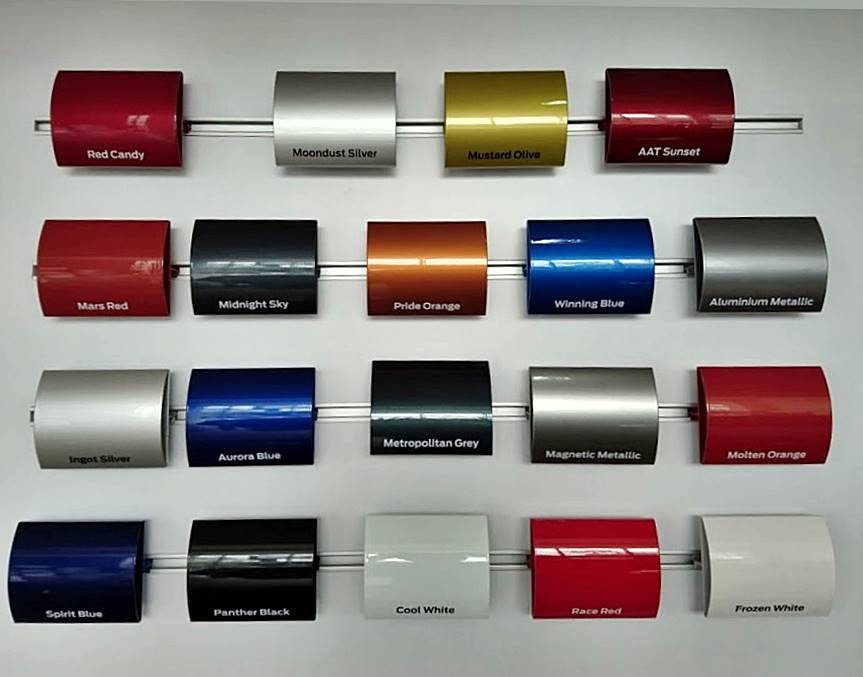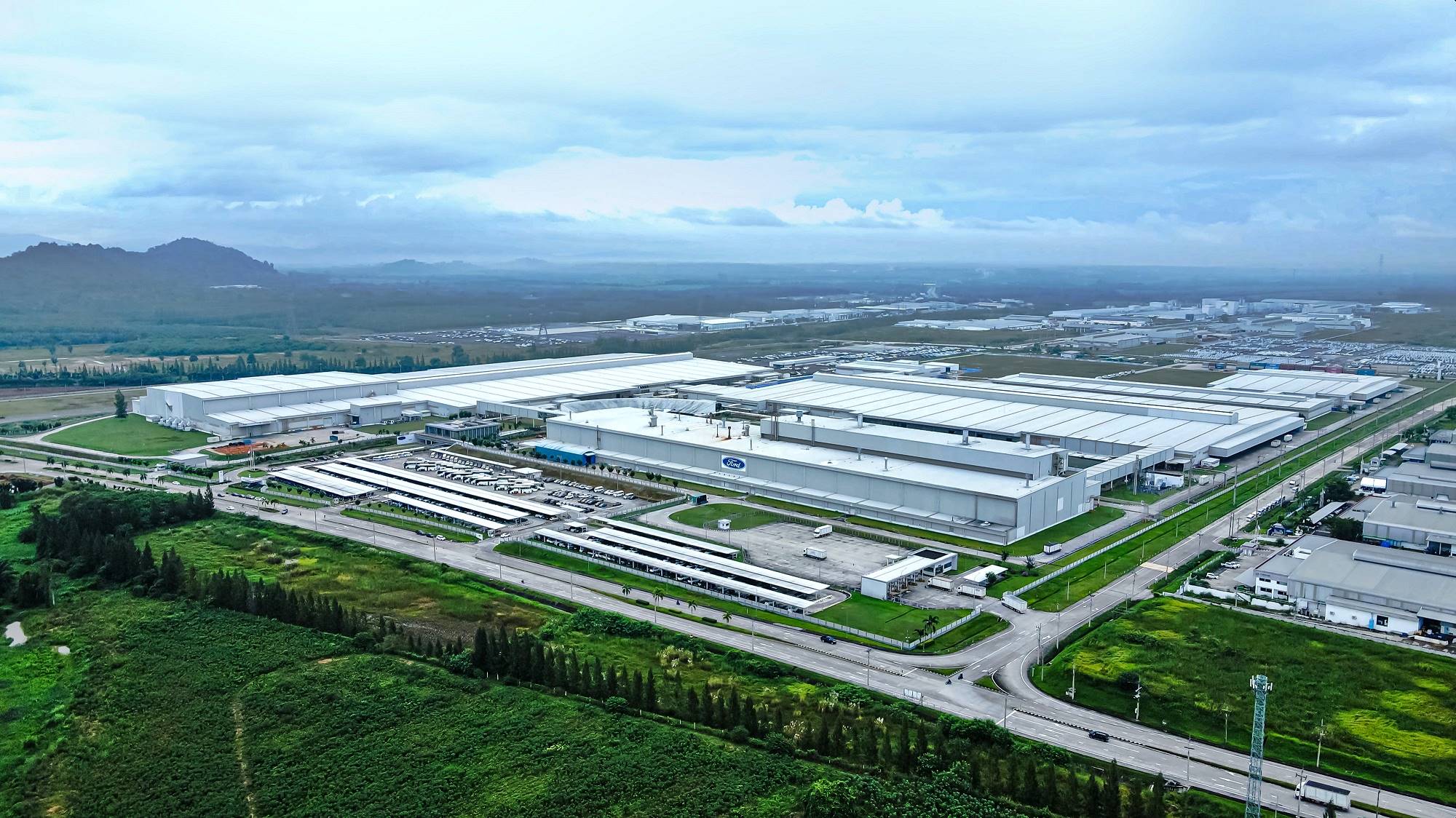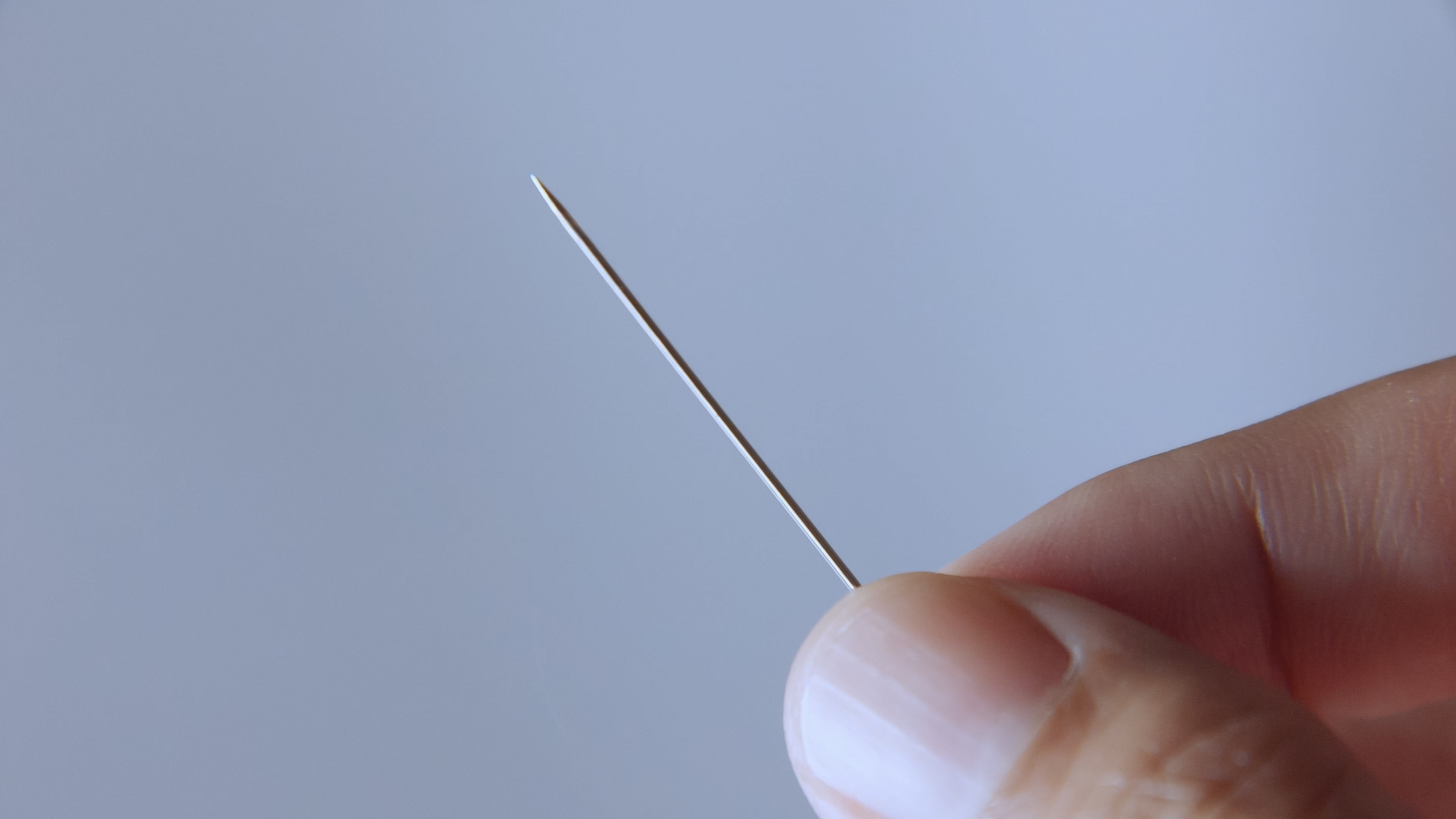Though the modern pick-up trucks are used more in urban areas nowadays, they still have the capability to go off-road through jungles and over rough terrain. Models like the Ford Ranger have stylish looks but are still very capable when taken off the highway.
With the dual-purpose nature of the Ranger and the fact that it may be used in rough conditions, you would think that Ford wouldn’t put in a lot of effort to give a top-quality finish. After all, driving in dust, mud, rocky ground, bushes and even crossing rivers will eventually damage the original factory finish.
![Ford Ranger [2023]](https://www.motaauto.com/wp-content/uploads/2023/12/Ford-Ranger-2023-7.jpg)
Top quality finish for all vehicles
Yet the carmaker, which has been making trucks for many decades, invests a lot in ensuring that the quality of the paint finish is no different from what it gives to its passenger car models. However, they take into consideration the vehicle’s likelihood that the vehicle will be driven off-road when choosing paint type and even colours.
“Some colours and paint types aren’t resilient to the challenges of off-road life. Therefore, we collaborate across functions to determine the most durable options,” said Emily Harrington, a colour and materials designer at Ford.

Colours match vehicle type
“We start researching colours up to 5 years in advance and stay up to date with colour trends to ensure the colours complement the vehicles personality but also adapt to current trends,” she said. “The orange/yellow hero colour palette has become integral to the Wildtrak’s identity, and our customers now expect it. We consistently explore ways to evolve the colour, aiming to captivate customers for the next generation of the Wildtrak,” said Harrington.

Because paint and the finish matters a lot to Ford, it’s important that Ford’s factories in South Africa and Thailand have advanced equipment to ensure every truck leaves the factory with a showroom-ready finish free from imperfections.
Achieving paint perfection
Ford’s advanced paint-quality scanners at its production facilities in the two countries not only alert final assembly operators to address issues if required but they also detect an imperfection in the paintwork the size of a pinhead.


Once the body and tailgate leave the paintshop oven, they pass through an LED tunnel where 17 cameras scan them for imperfections. The cameras have very high resolution and can pick out imperfections finer than the size of a pinhead. The process takes around 35 seconds, and more than 25,000 photos are captured of every single Ranger passing through.
![Ford Ranger [2023] (6)](https://www.motaauto.com/wp-content/uploads/2023/12/Ford-Ranger-2023-6.jpg)
Explaining how the cameras work, Evan Traikos, an automation supervisor, said: “The system uses 15 high-resolution cameras with overlapping fields of view to scan every single painted Ranger body while two more cameras focus on the tailgate.”

Once the painted body and tailgate are scanned, any panels requiring attention are directed to polishing bays for corrections. “The system combines the very latest in digital technology and optical imaging to help us deliver on our quality promise to the customer,” said Traikos.
The latest Rangers and Ranger Raptors imported by Sime Darby Auto ConneXion (SDAC-Ford) come from the factory in Thailand so they go through the stringent processes described. To find a showroom to check out the finish of the Rangers and also test-drive them, click here.

![Ford Ranger [2023] Ford Ranger [2023]](https://www.motaauto.com/wp-content/uploads/2023/12/Ford-Ranger-2023-1-696x391.jpg)
